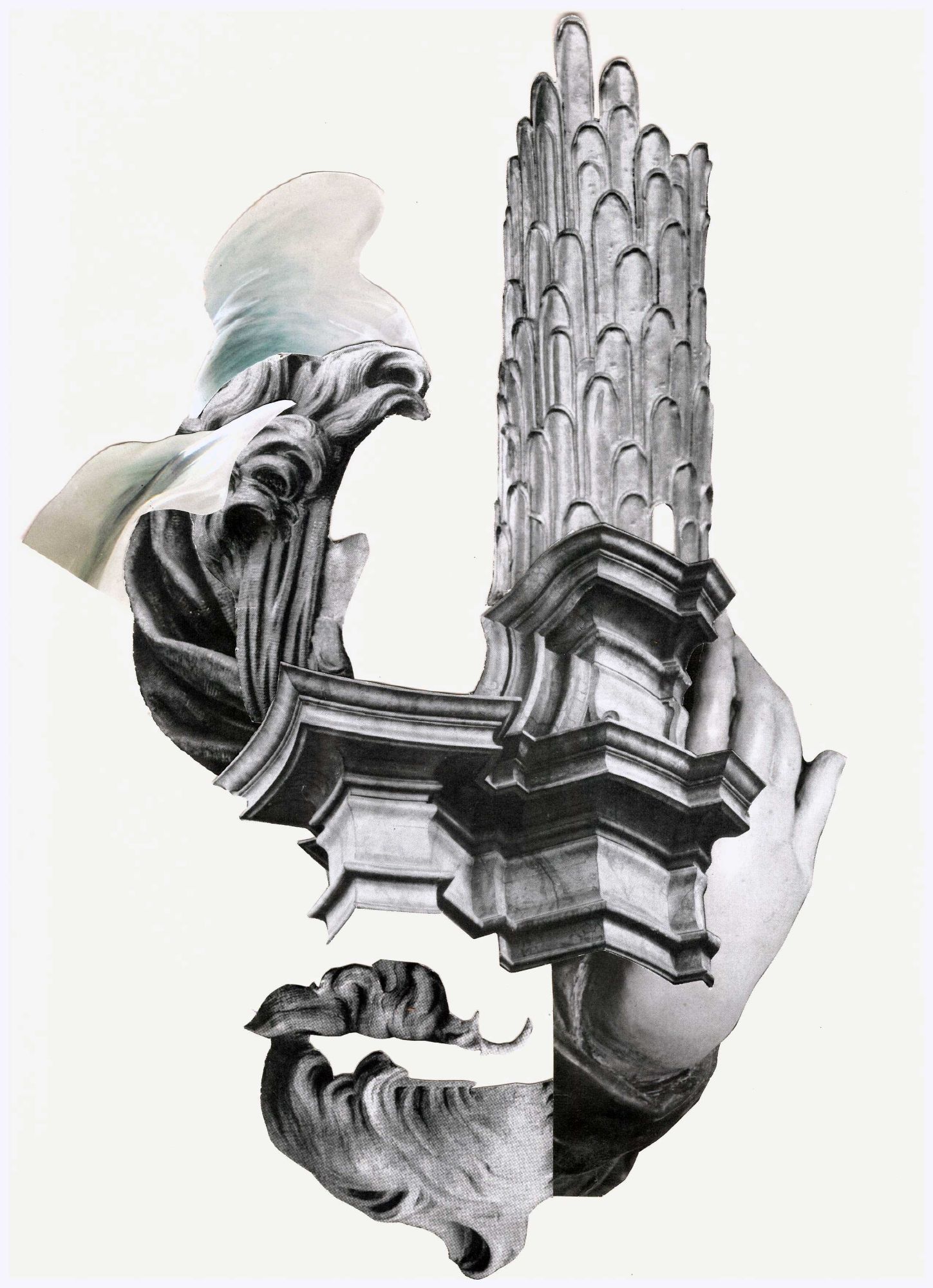
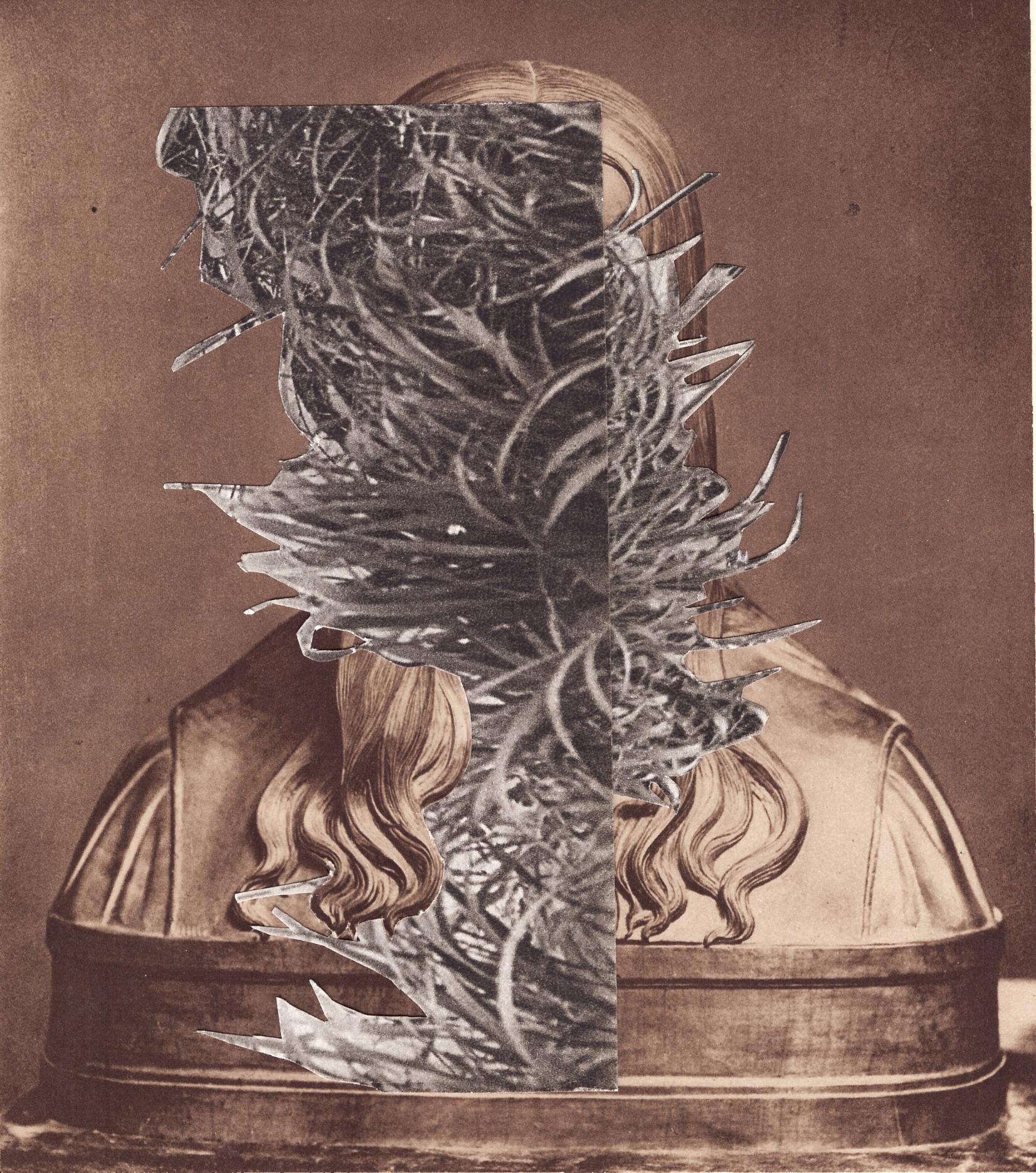


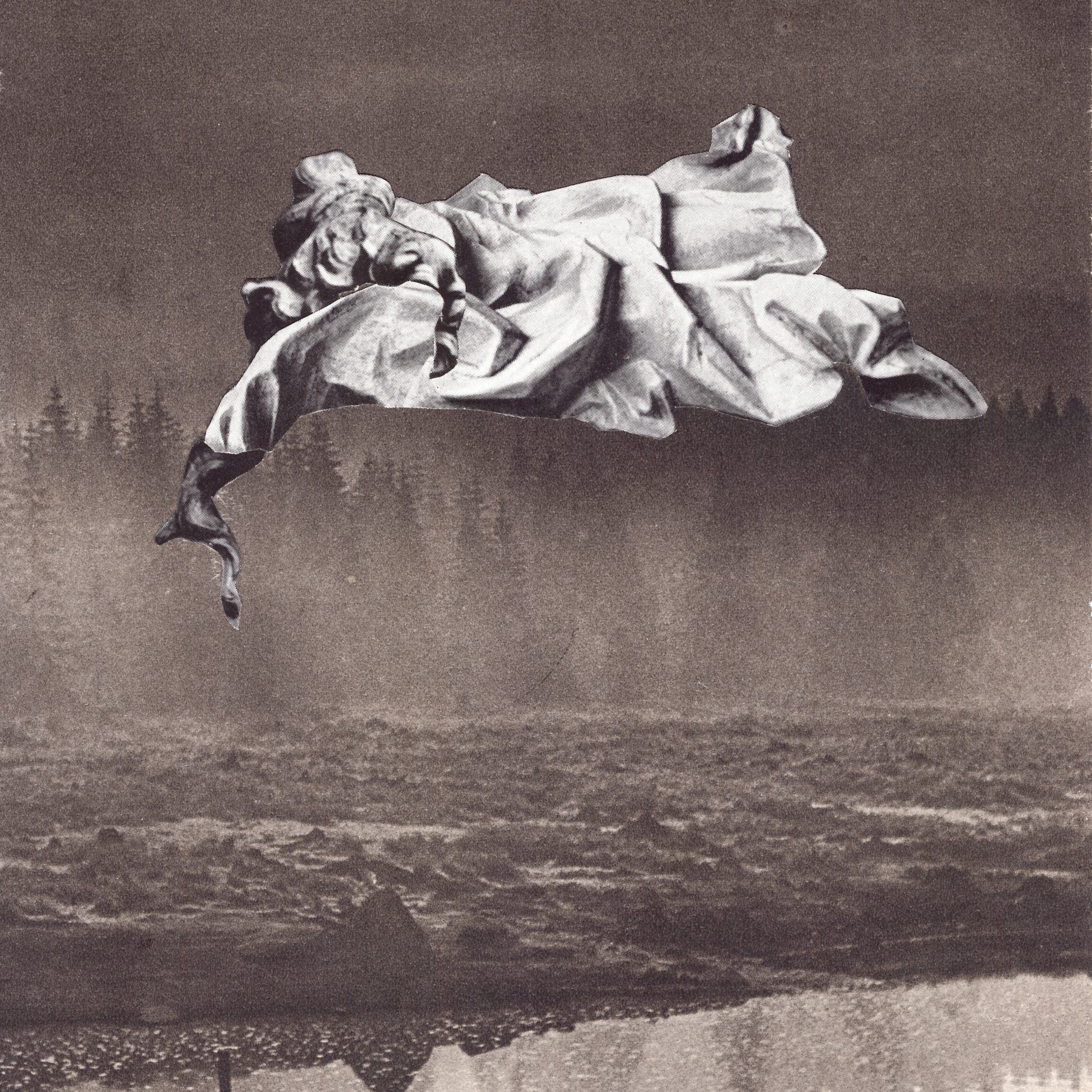
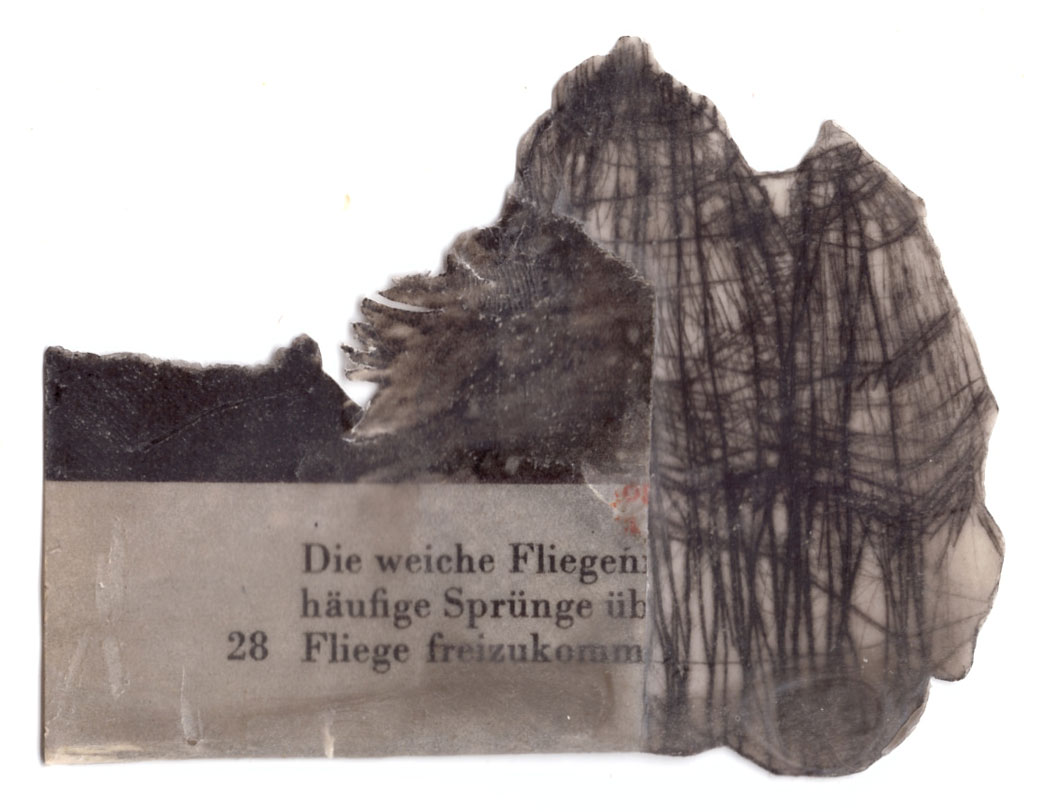
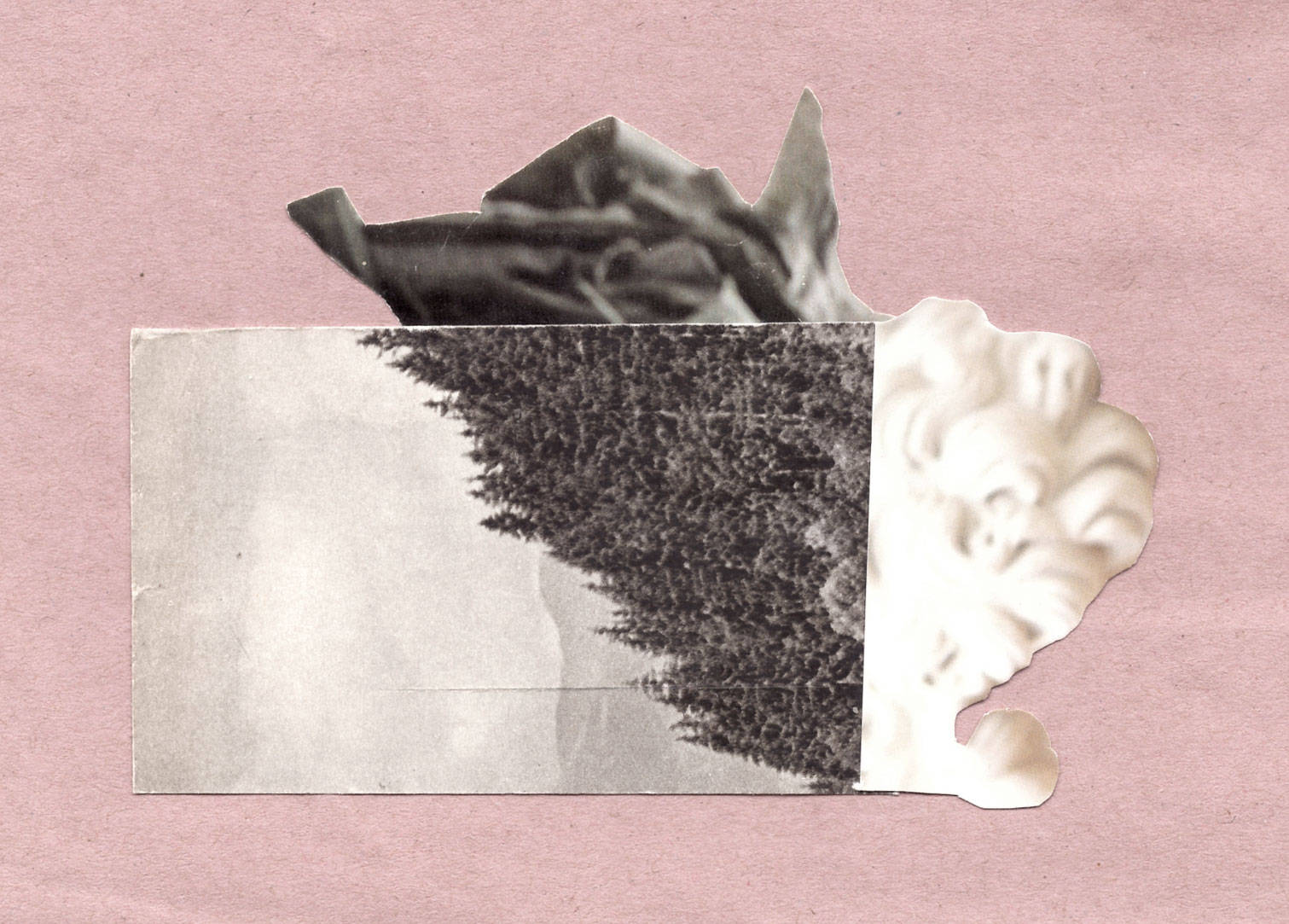
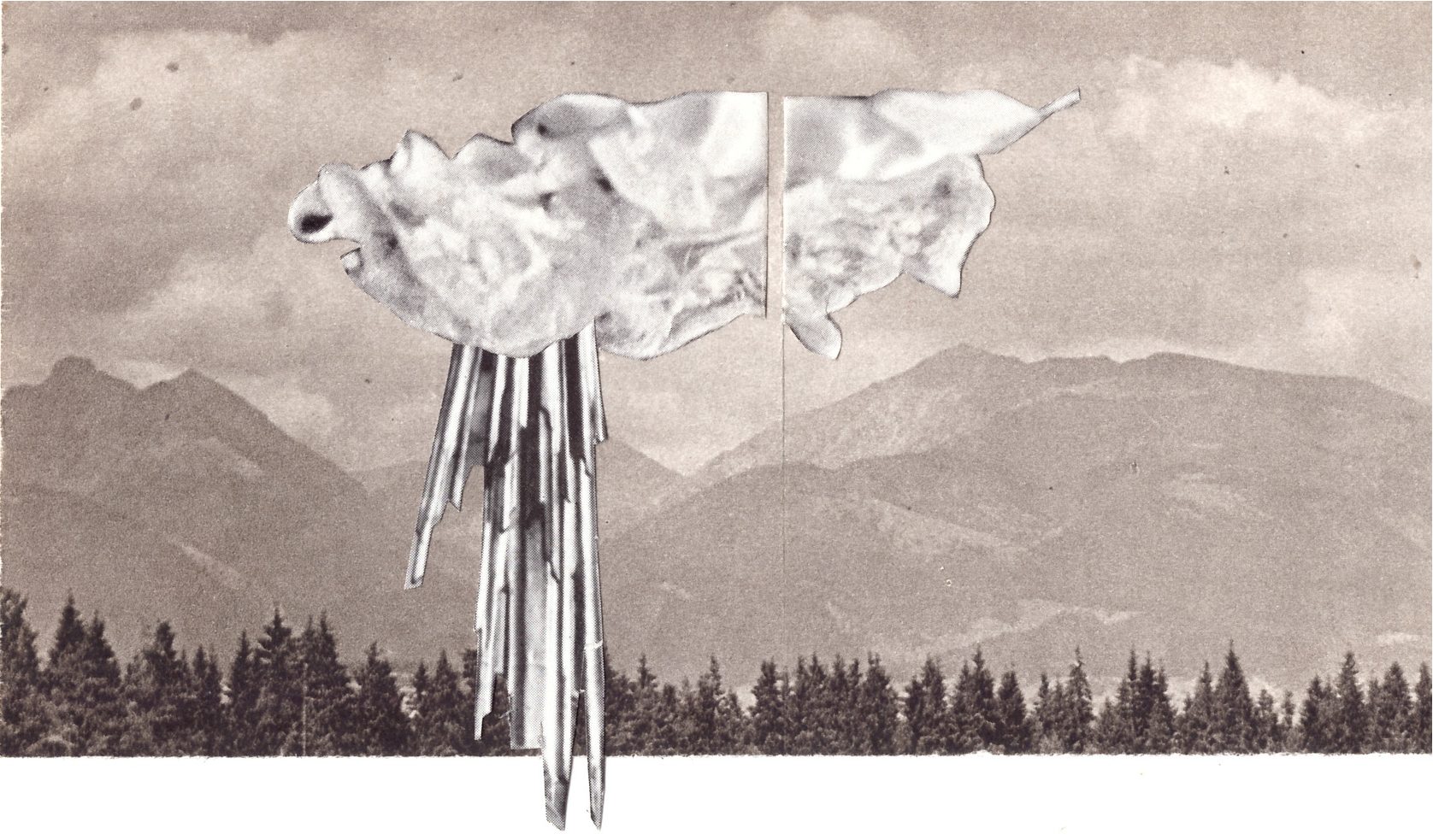
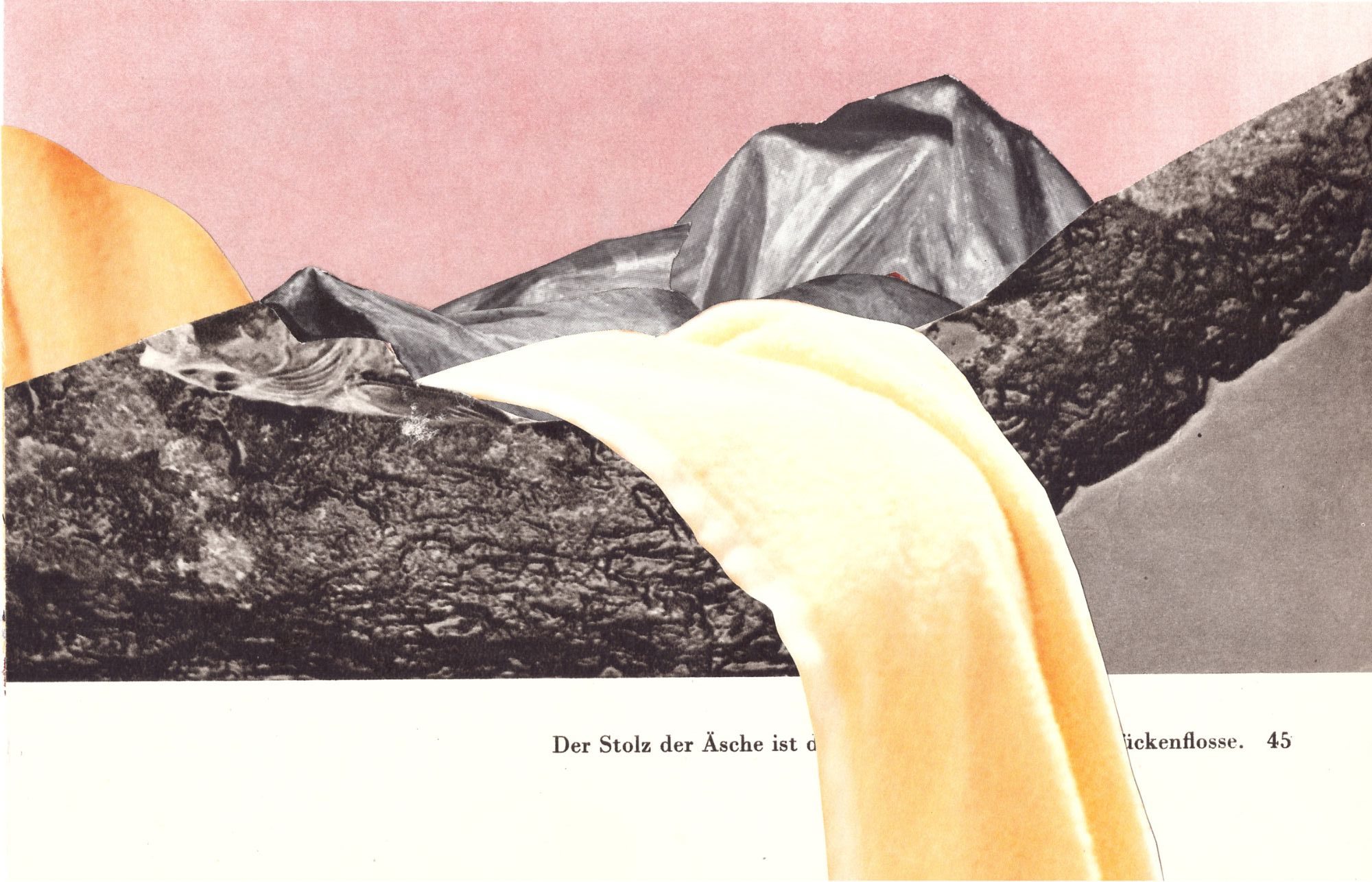
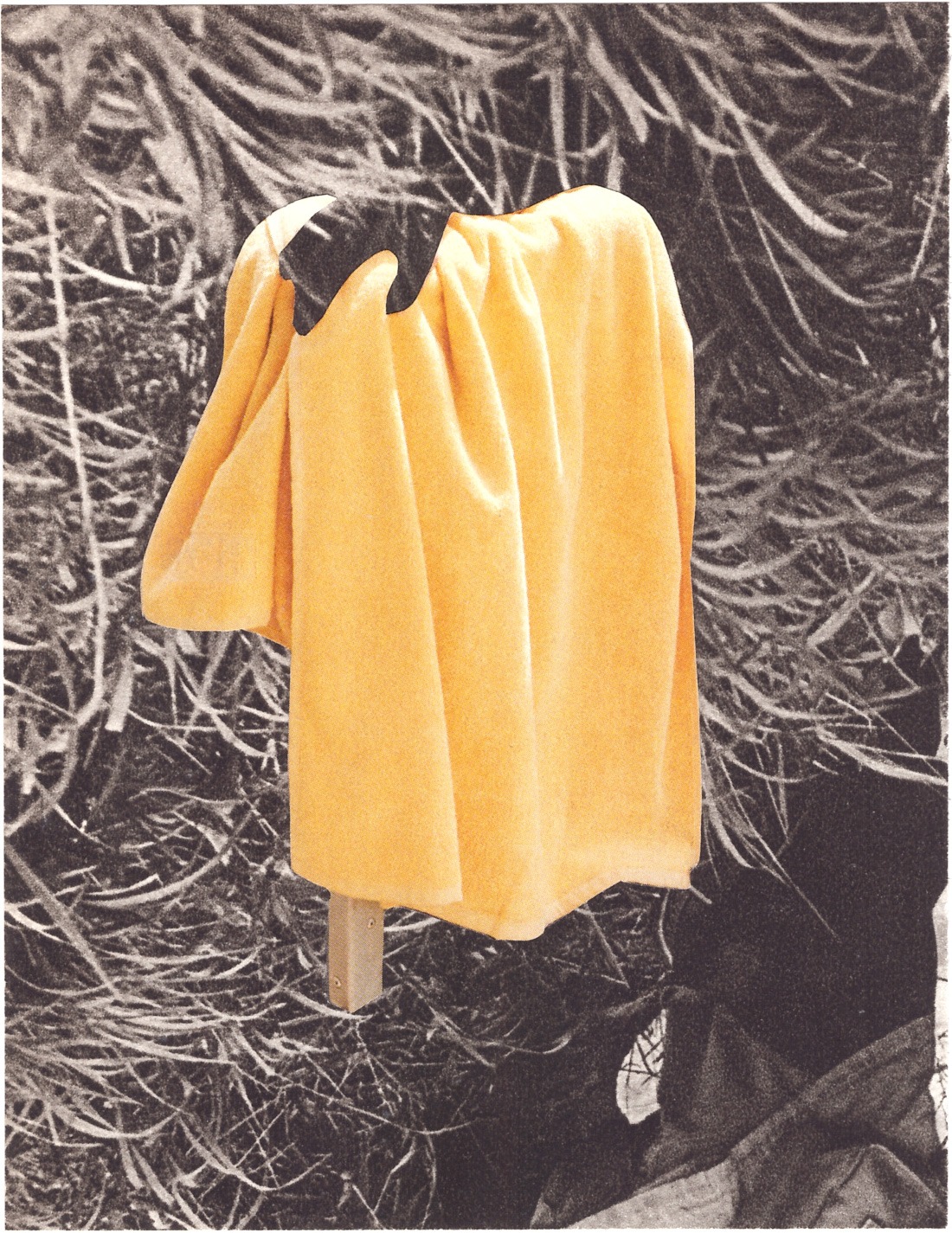
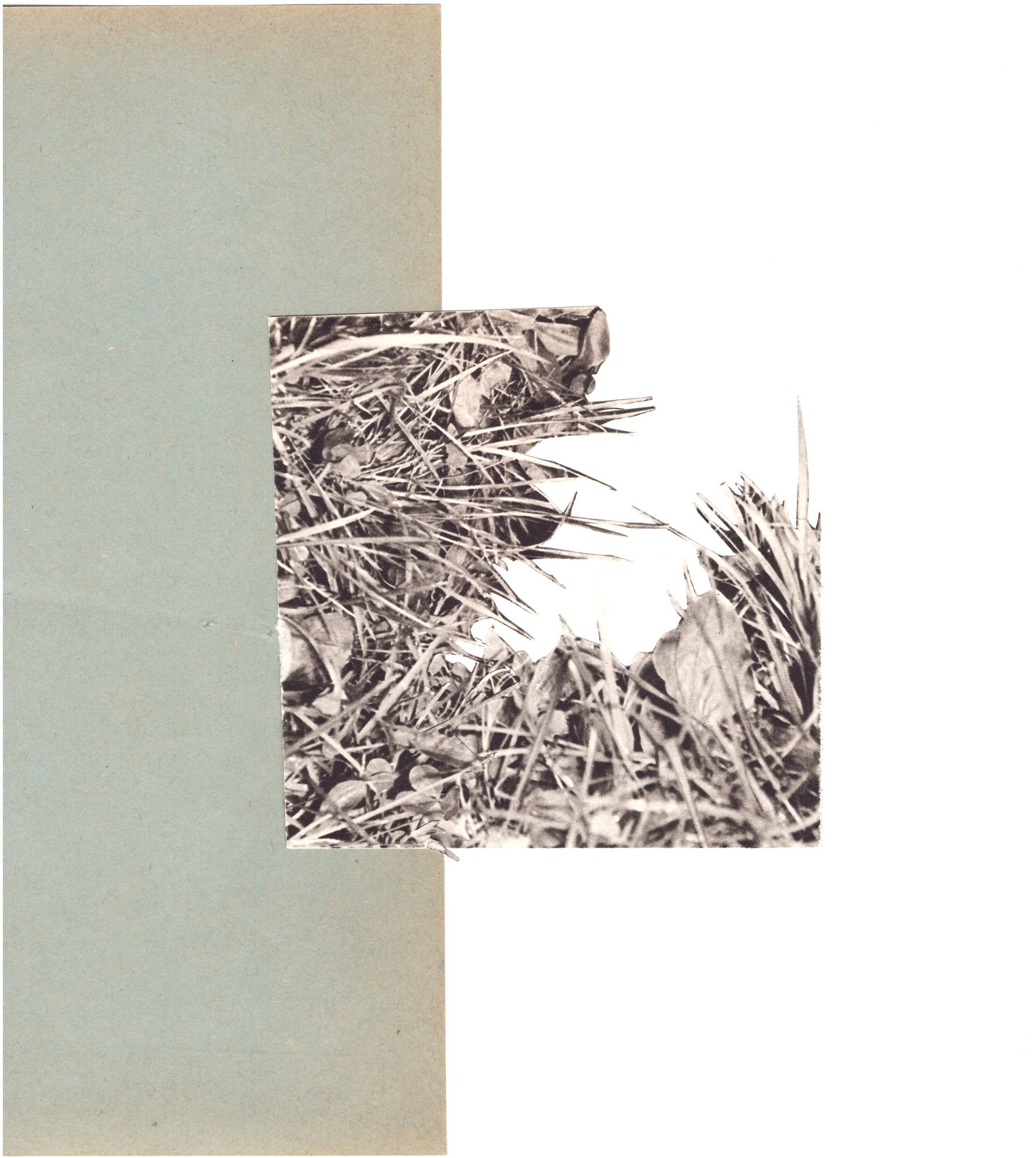
Juicy Visions of Glory






















„Juicy Visions of Glory“
2024
22 Tarotkarten, Papiercollagen, gerahmt
jeweils 18 x 10,5 cm
In ihrer ersten gemeinsamen Arbeit haben Katharina Gahlert und Katja Neubert 22 Tarotkarten des Großen Arkanas als Papiercollagen neu interpretiert. Die Ausstellung „Verspielt“ im Rahmen der 29. Halleschen FrauenKulturTage steht dabei im Mittelpunkt des kreativen Prozesses: Beide Künstlerinnen tauschten ihre Werke während der Entstehung und reagierten auf die Gestaltung der anderen. So entstanden vielschichtige, dialogische Werke, die ihre individuellen Ansätze vereinen. Ein zentrales Thema, das ihr Arbeiten verbindet, ist die Untersuchung von Identität und Zugehörigkeit, sei es durch den Dialog zwischen Fremdheit und Vertrautheit oder der Auseinandersetzung mit Körper, Landschaften und Natur. Die Tarotkarten spiegeln nicht nur archetypische Symbole, sondern auch die Wechselwirkungen ihrer künstlerischen Perspektiven wider.
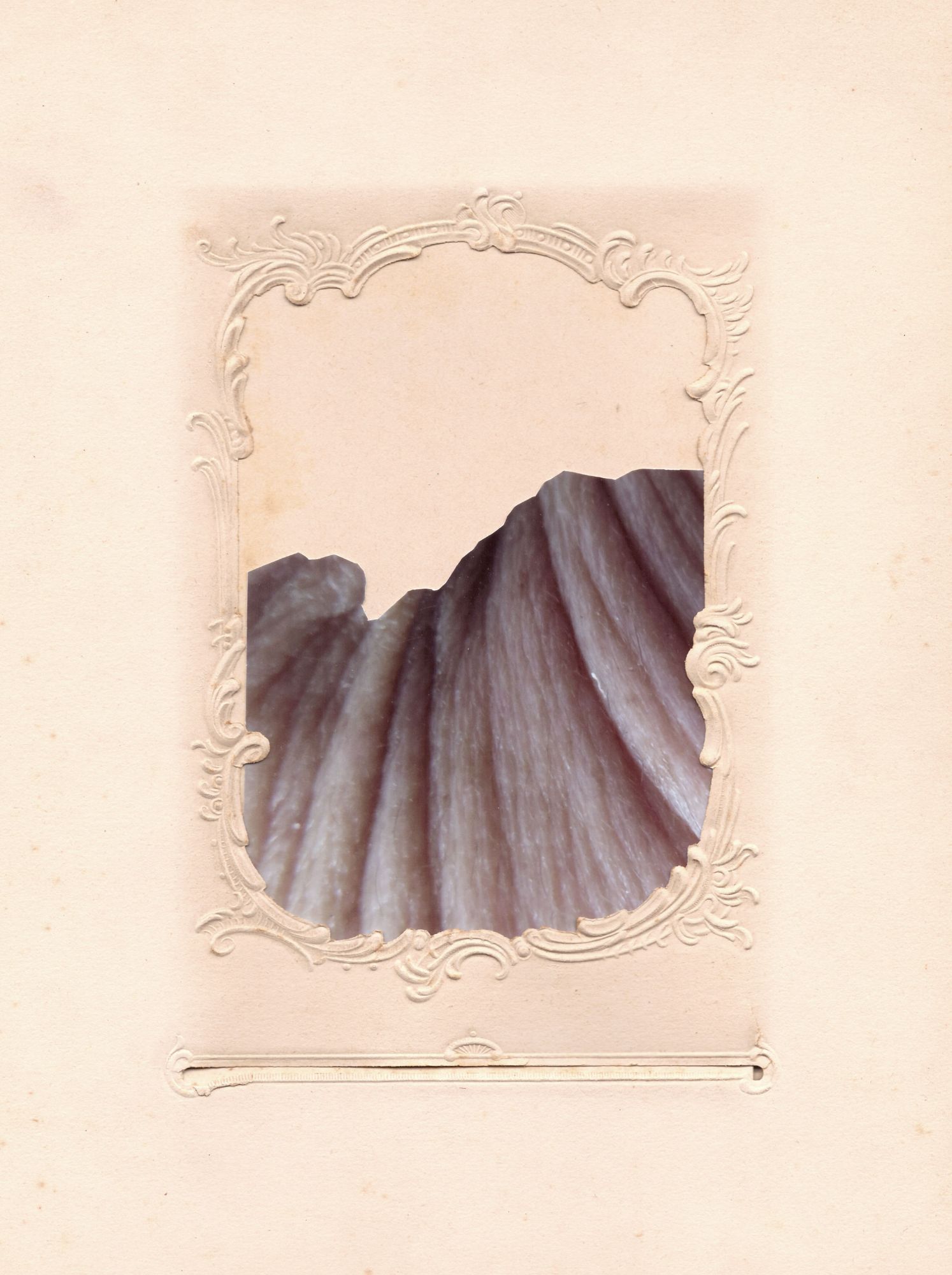
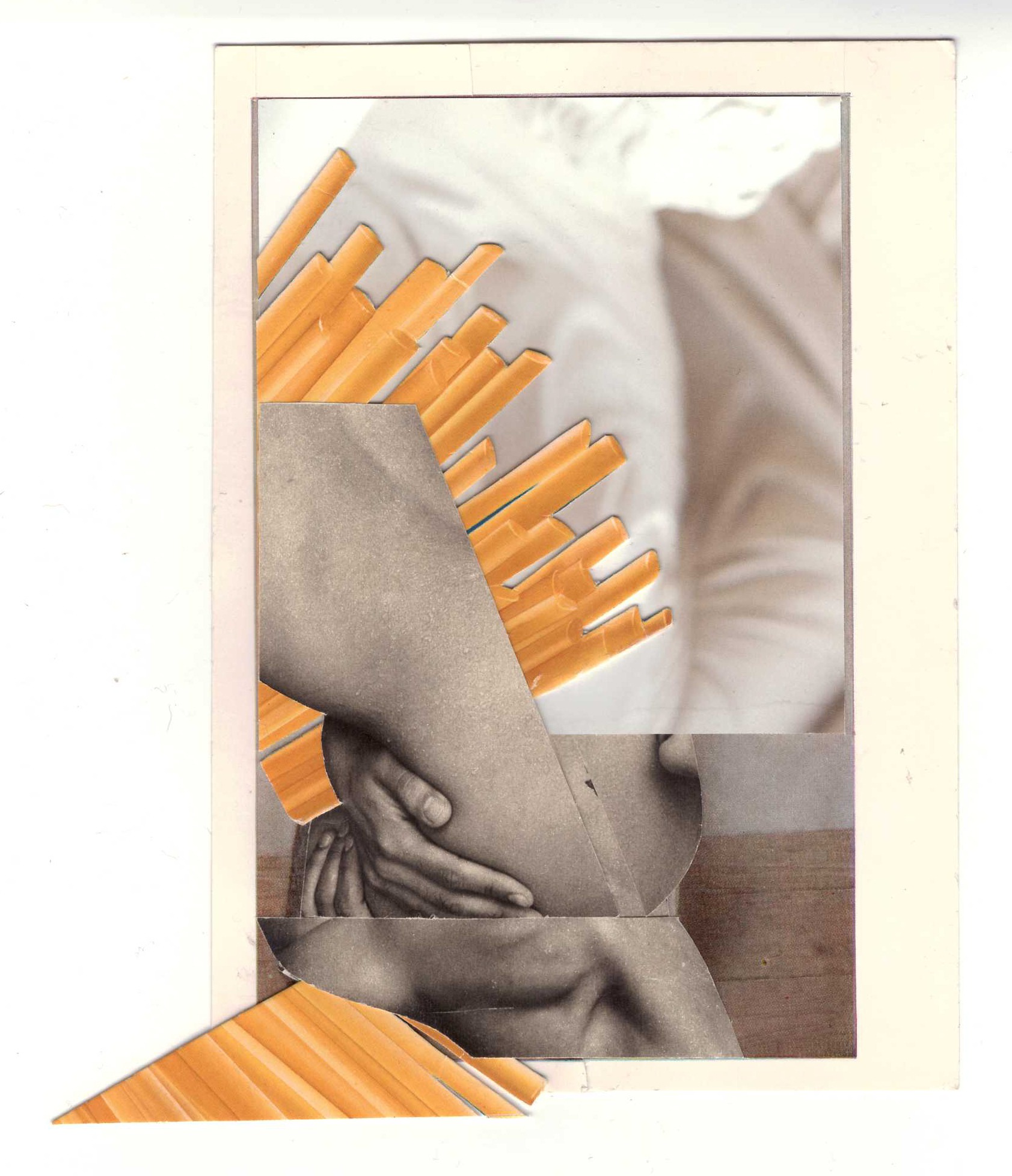
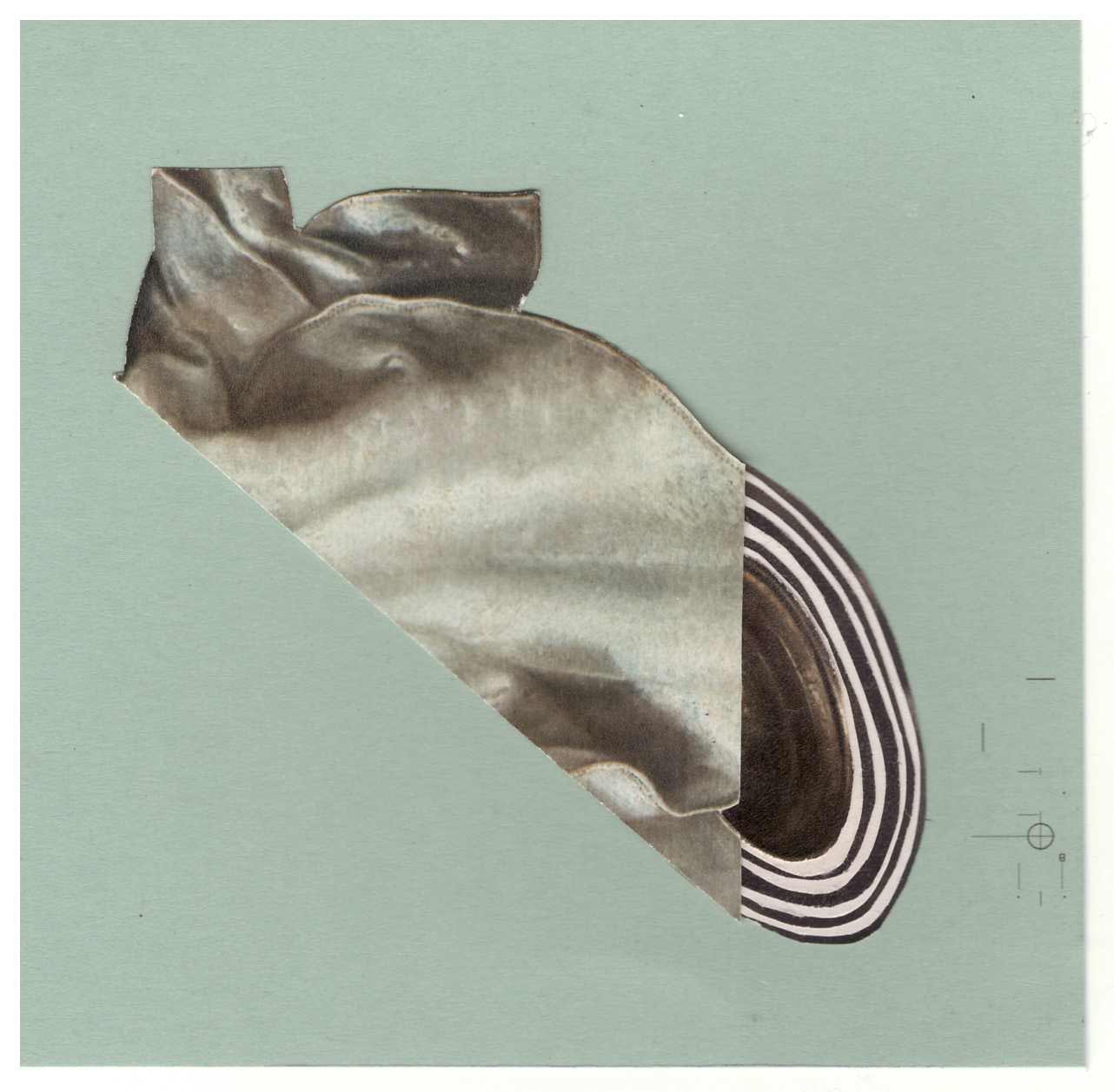
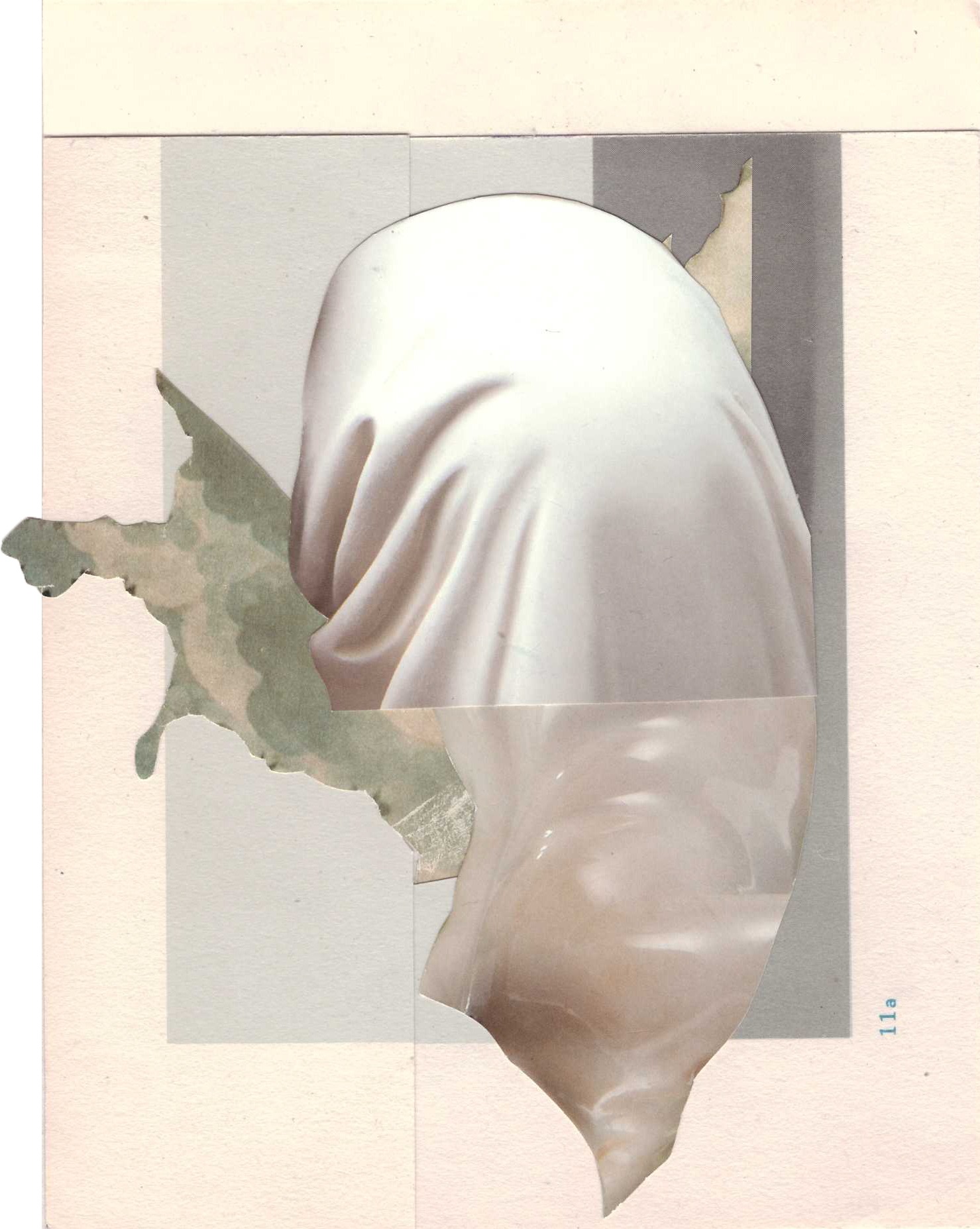
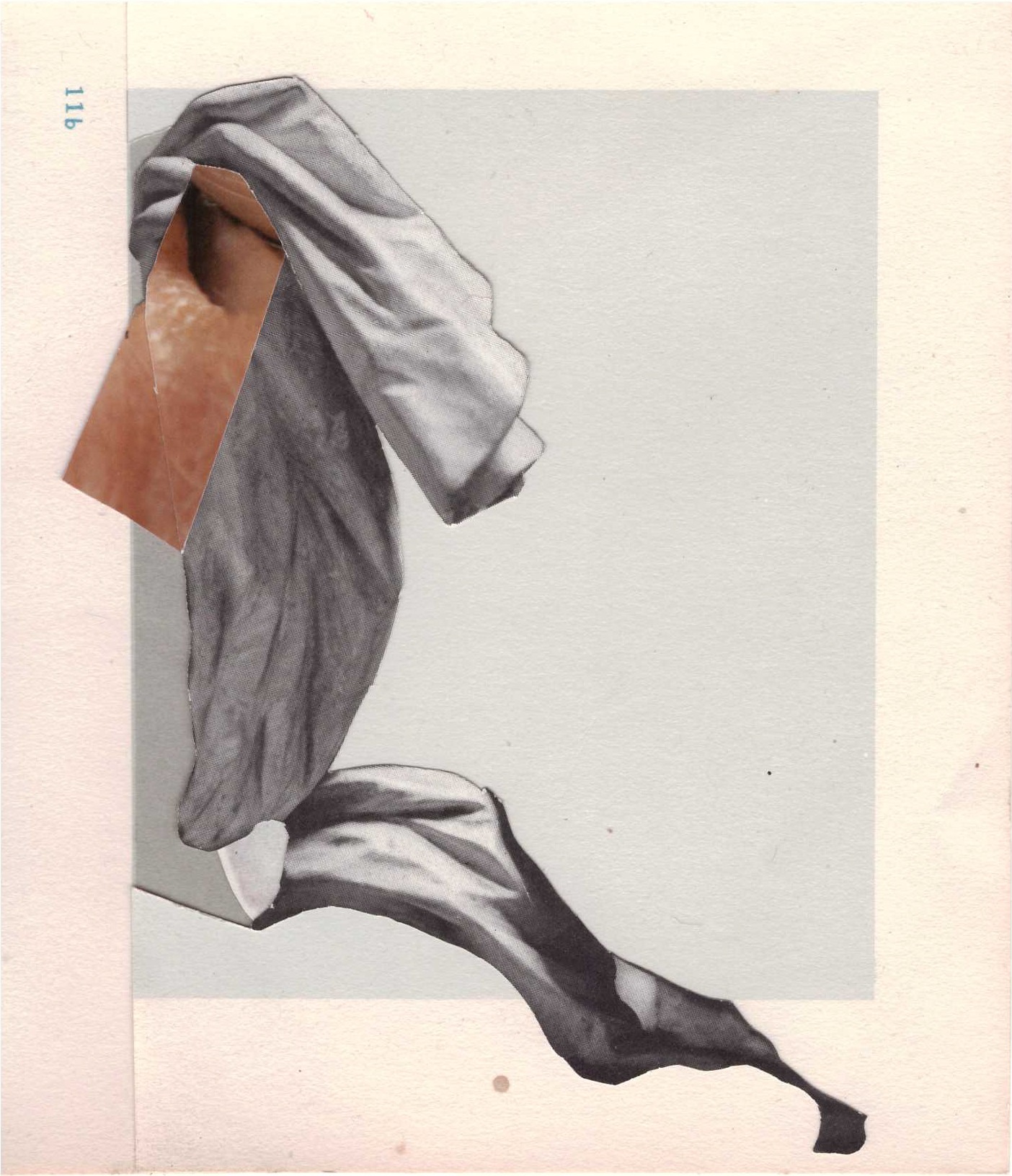
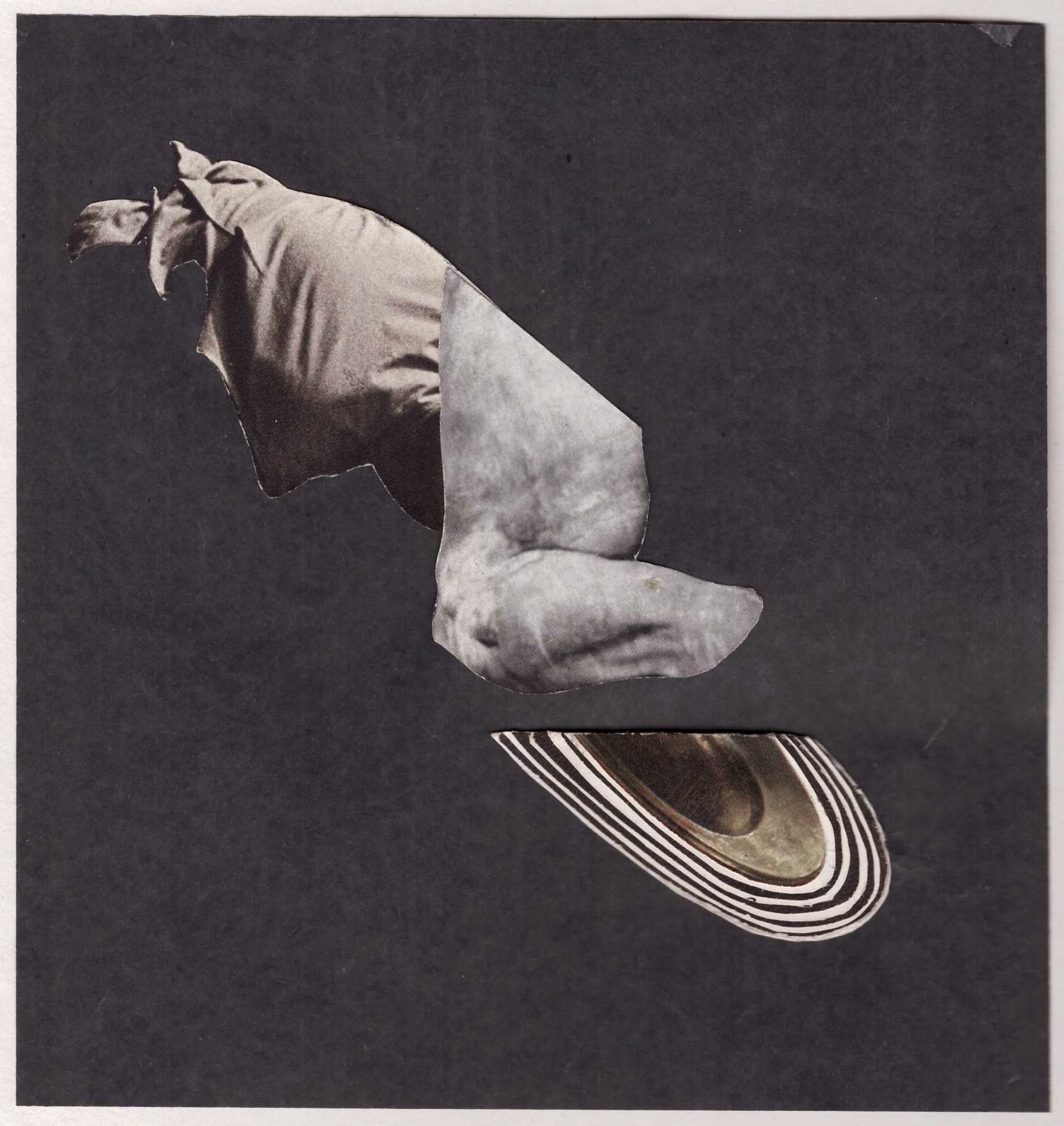
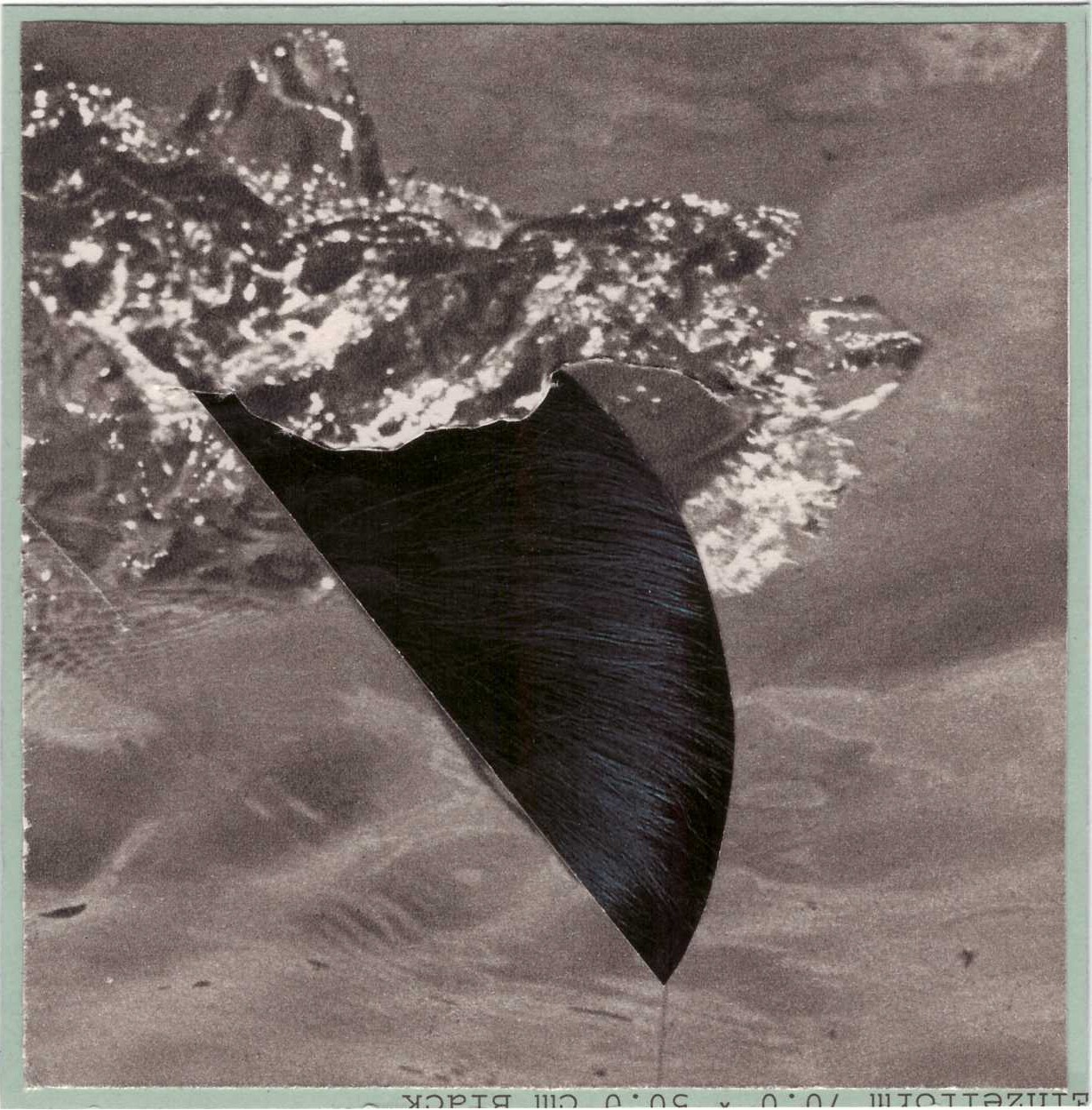
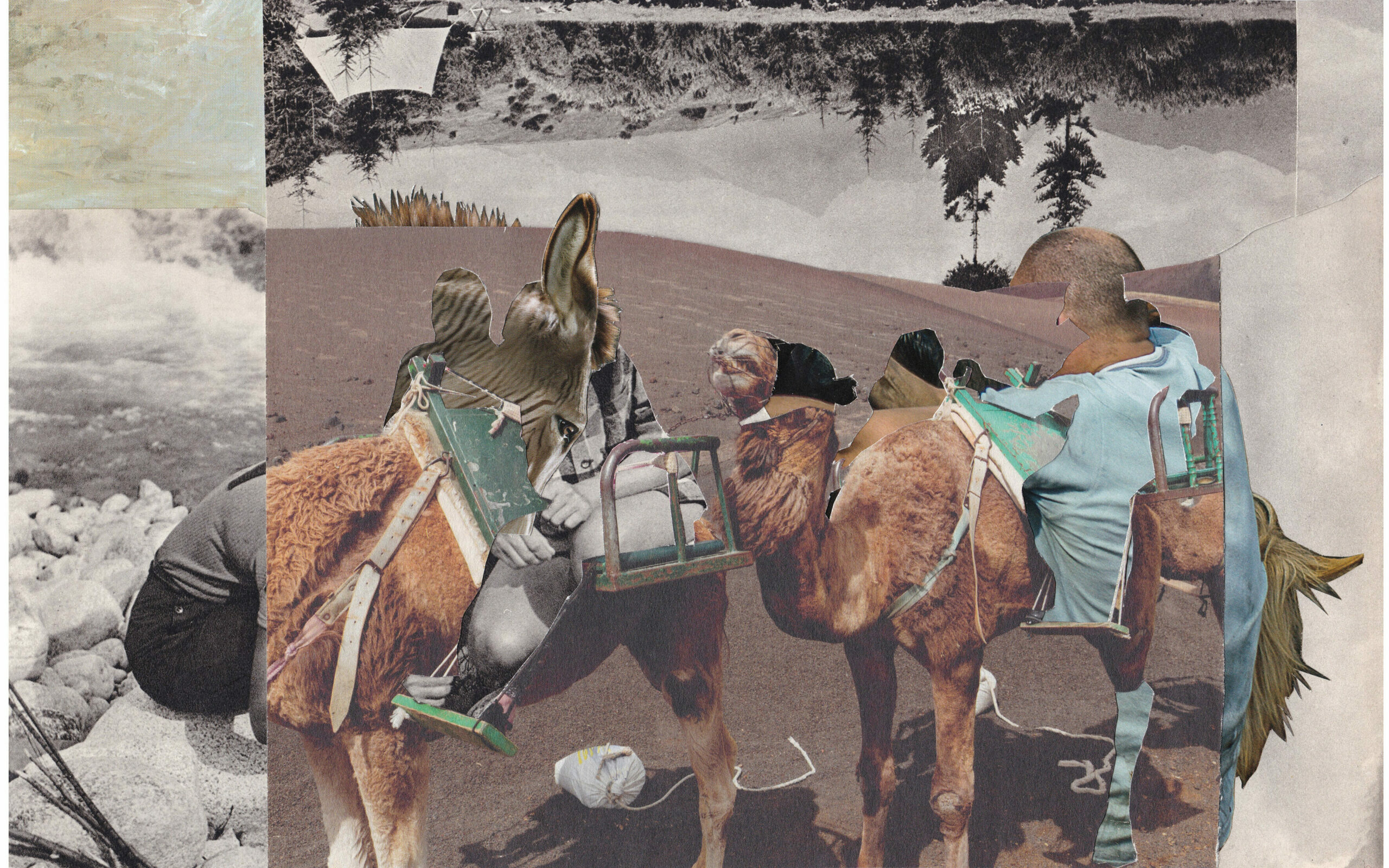
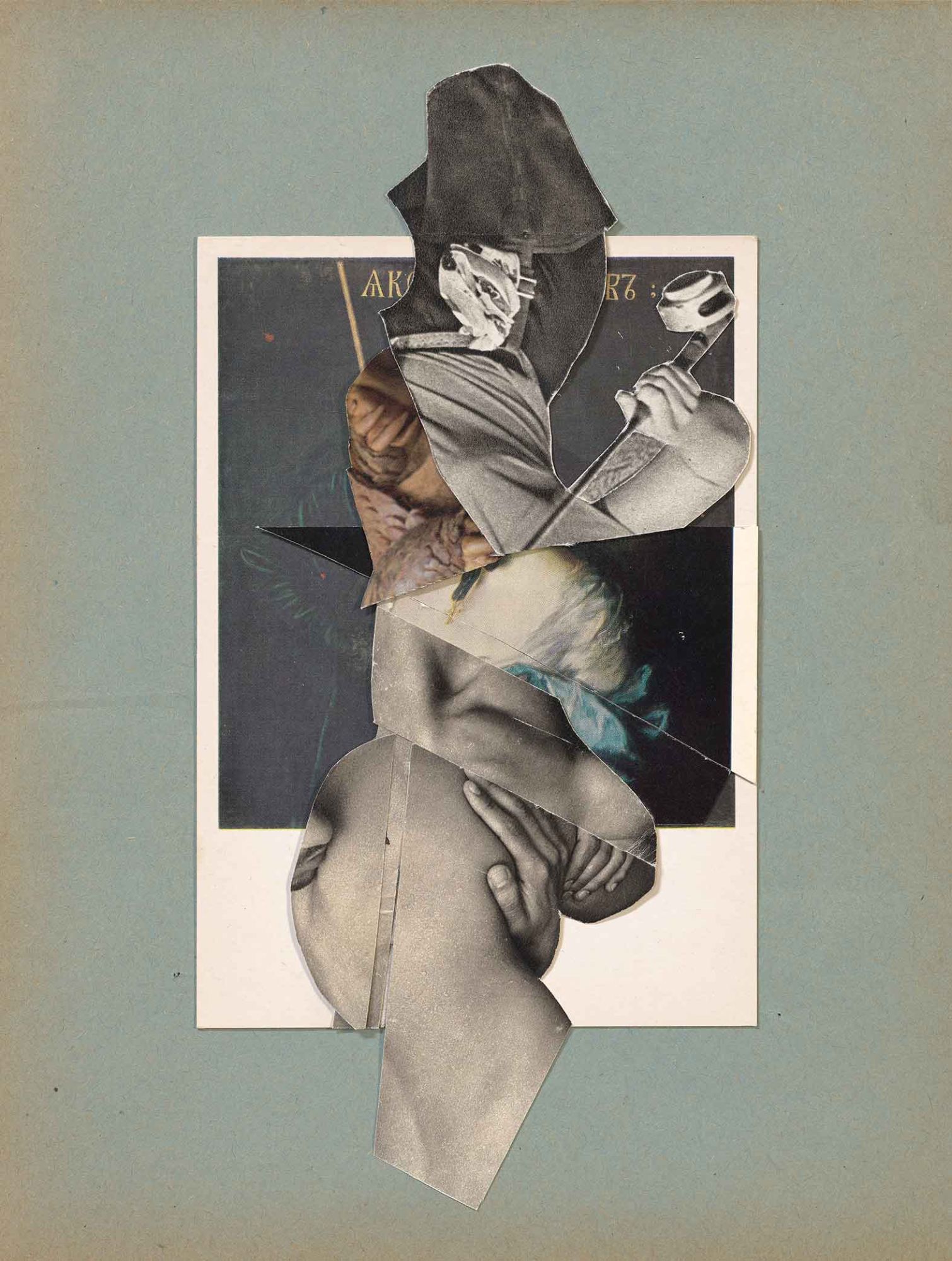
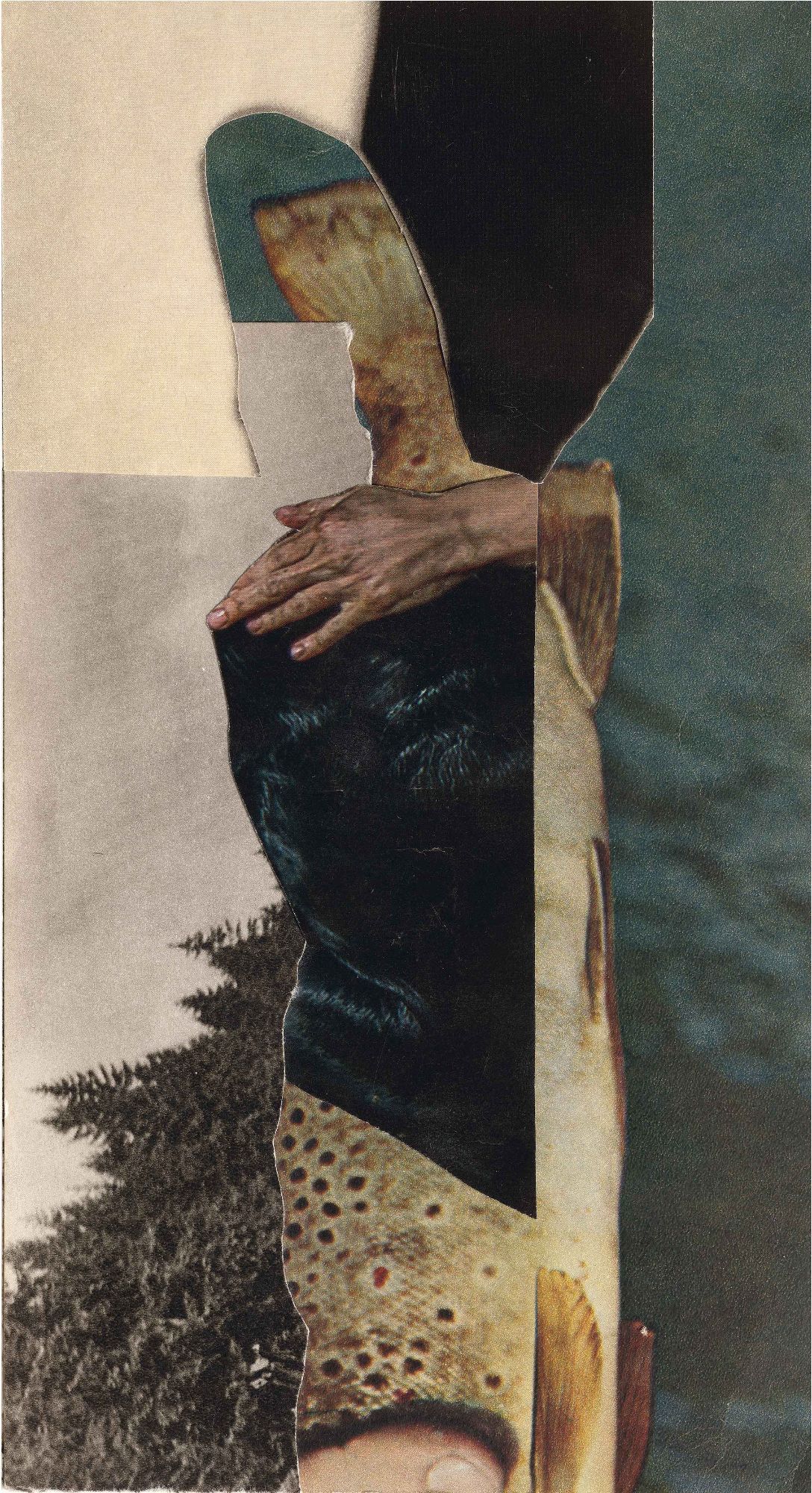
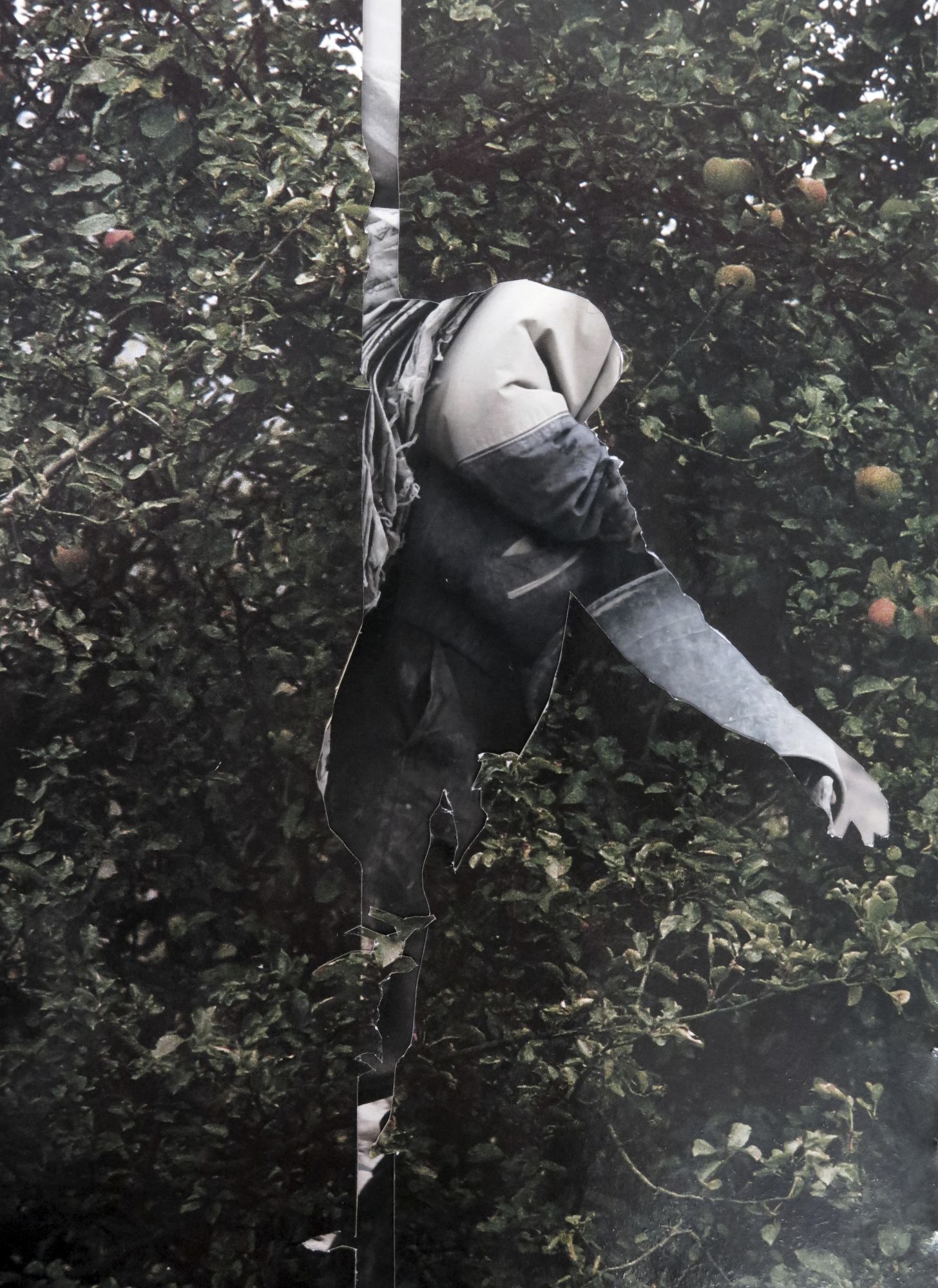

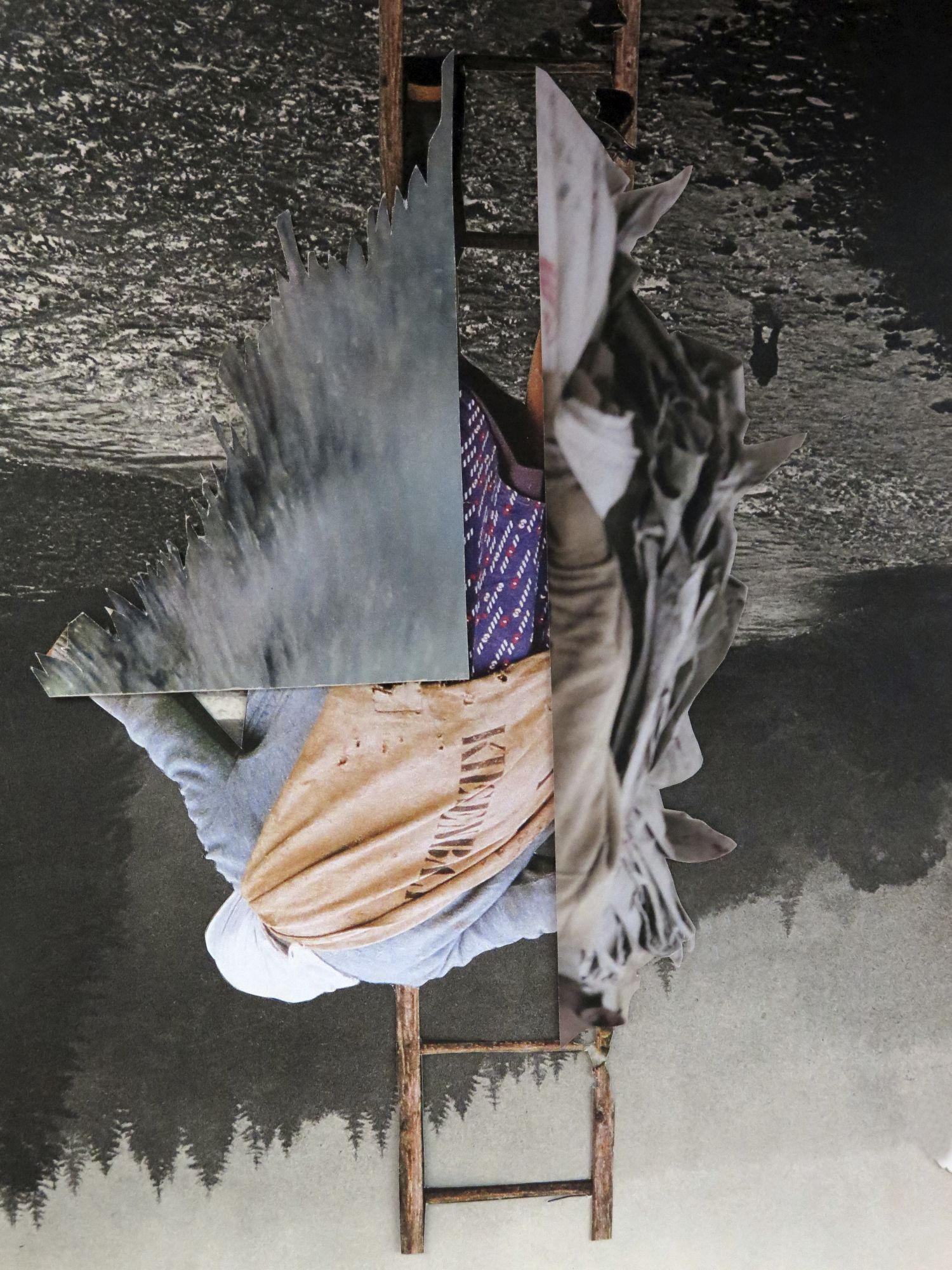
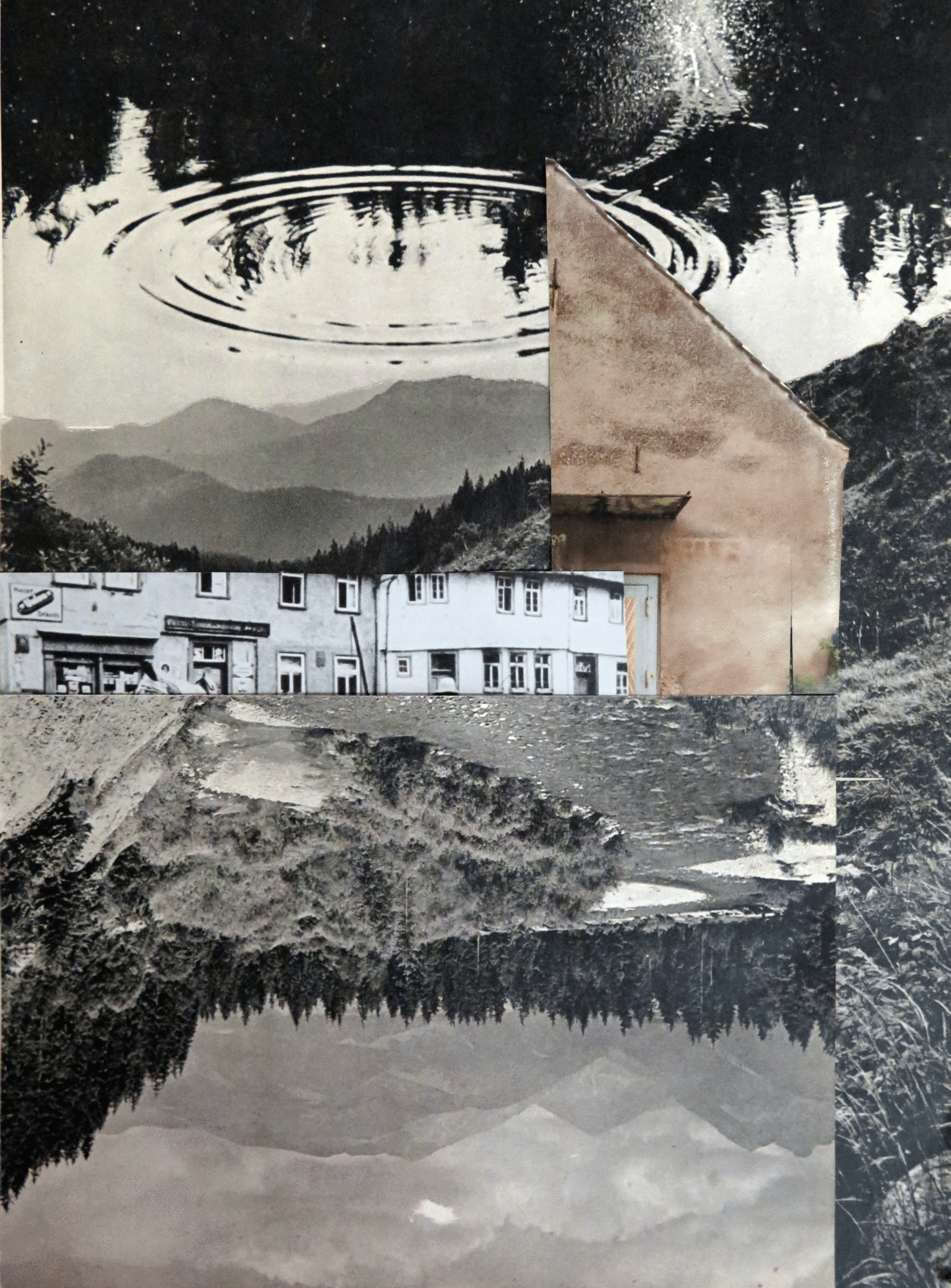

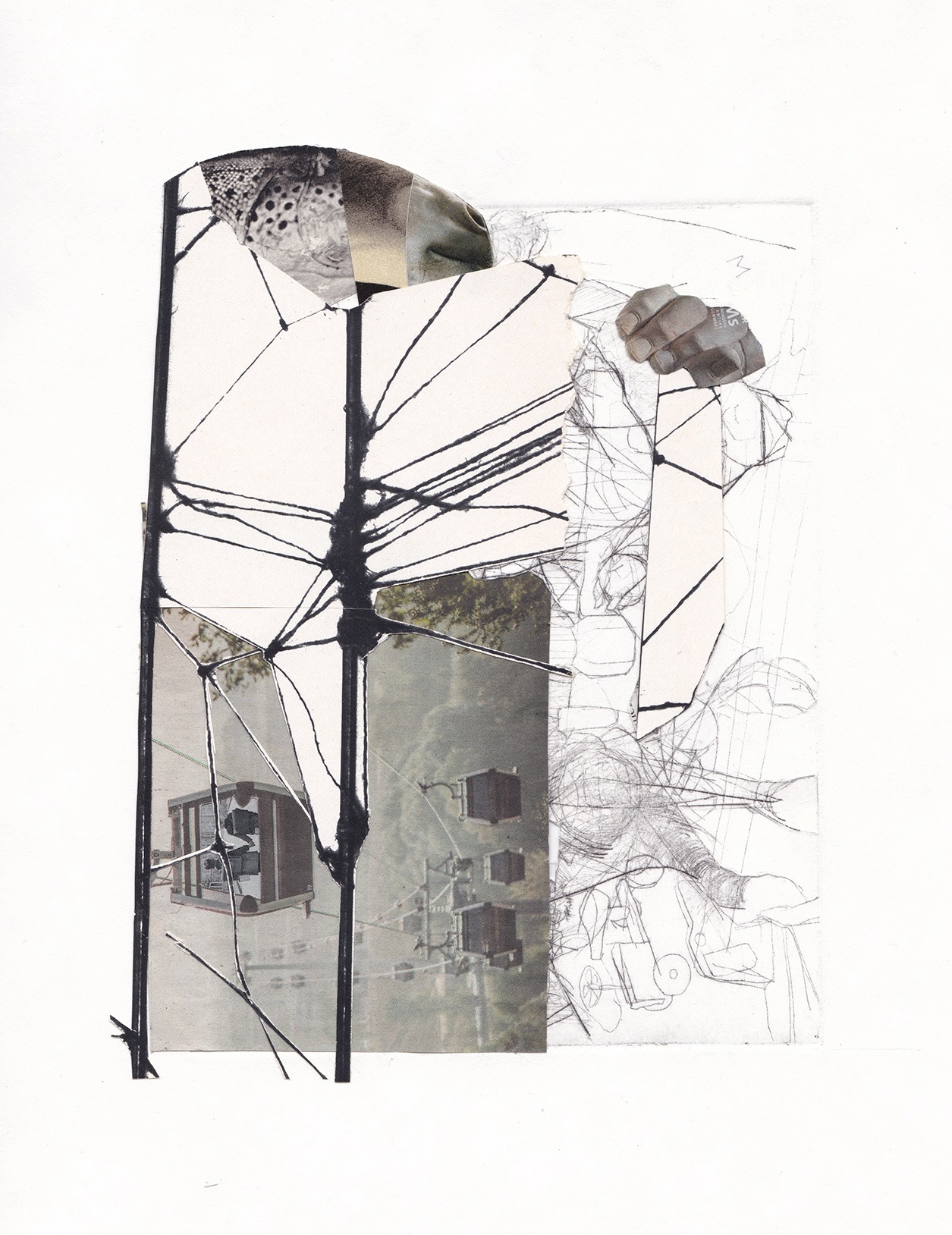
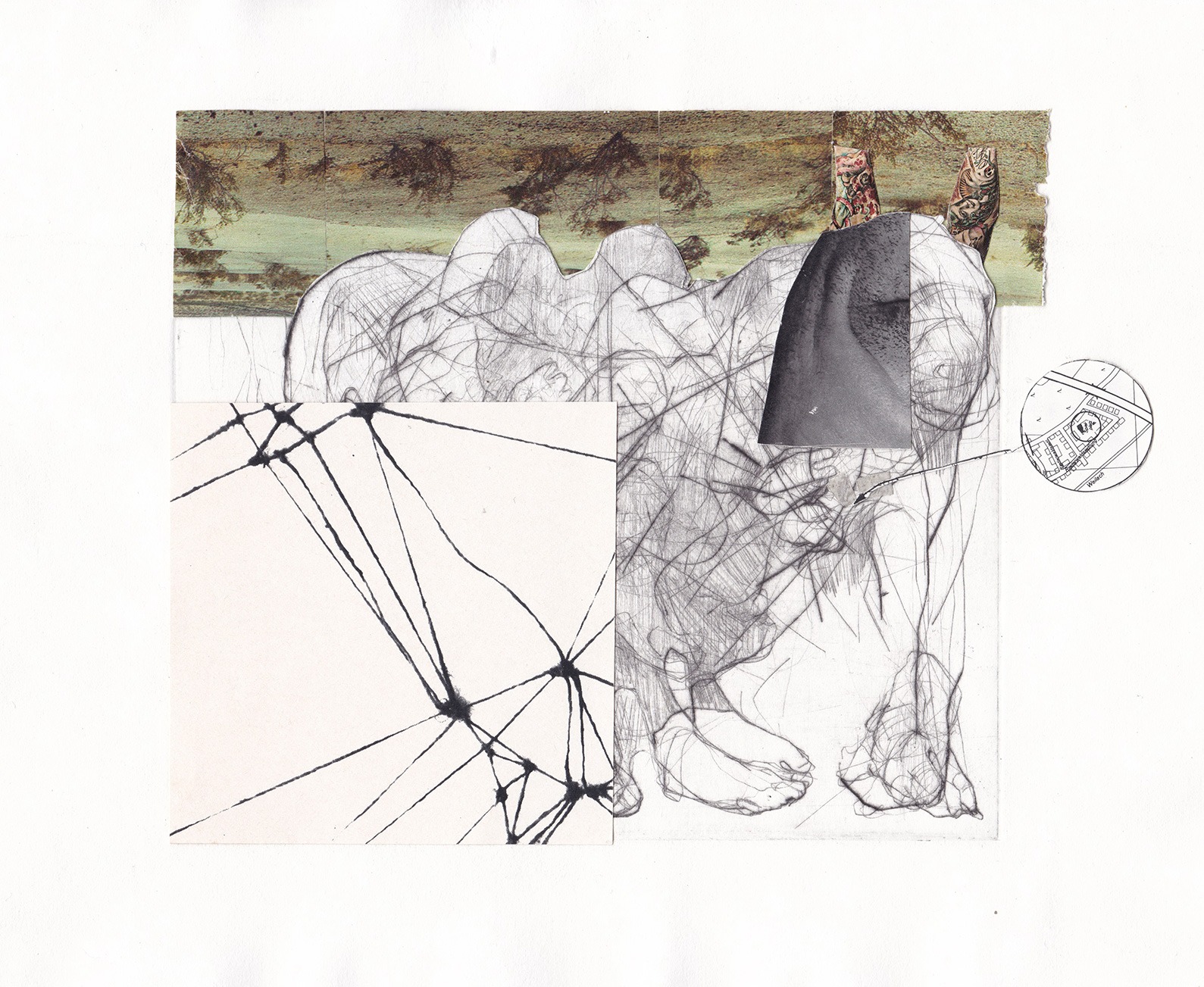

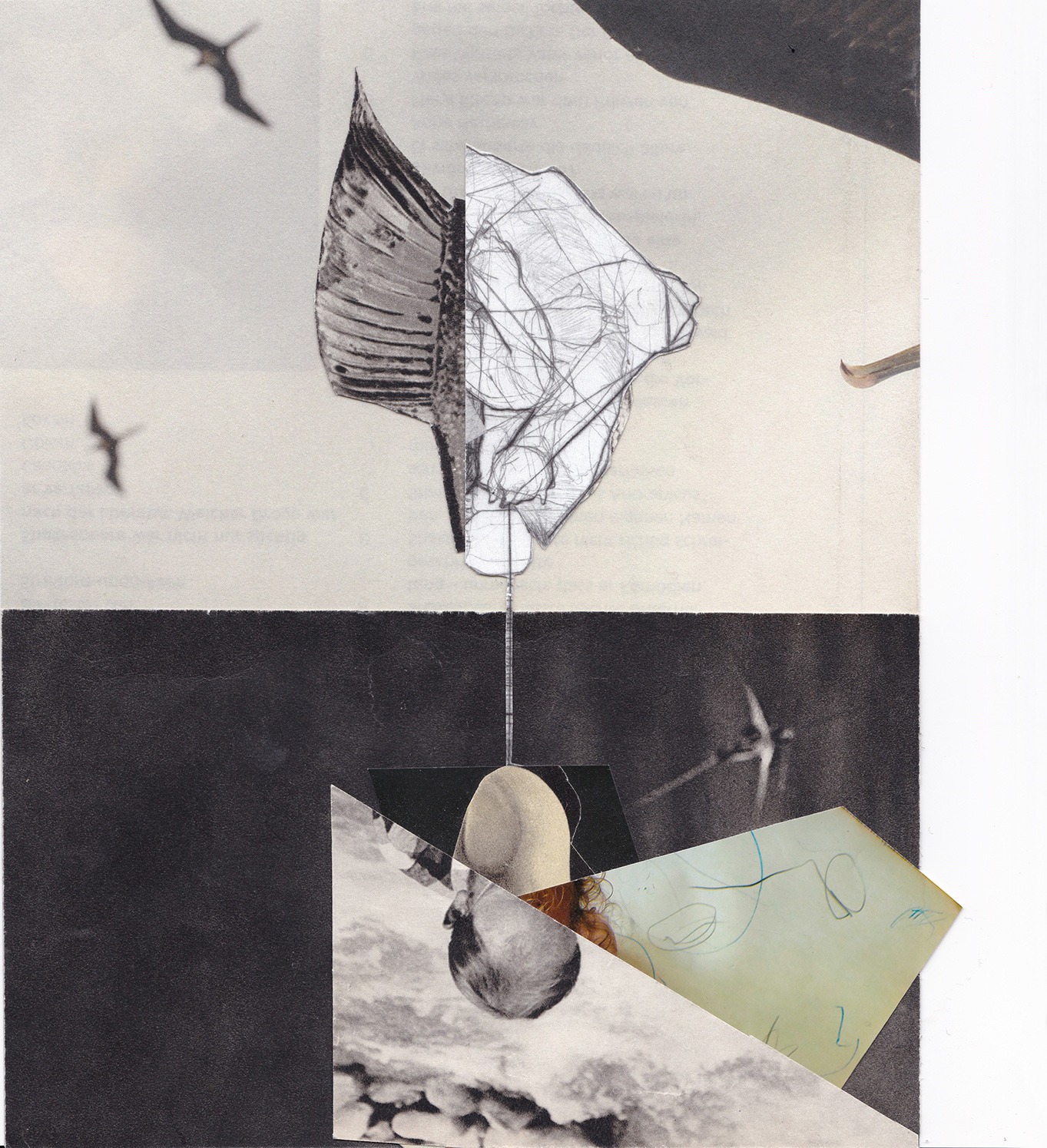
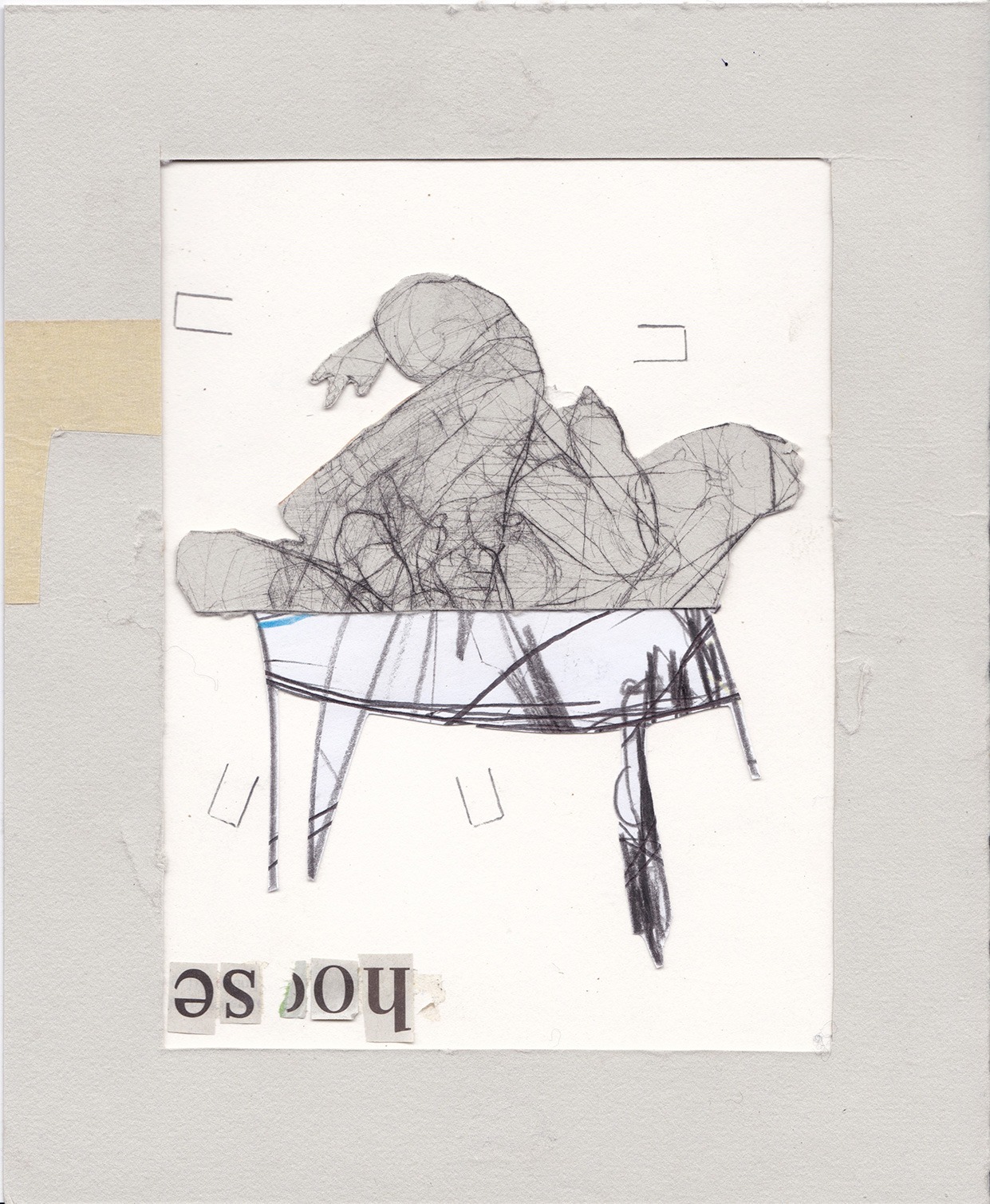

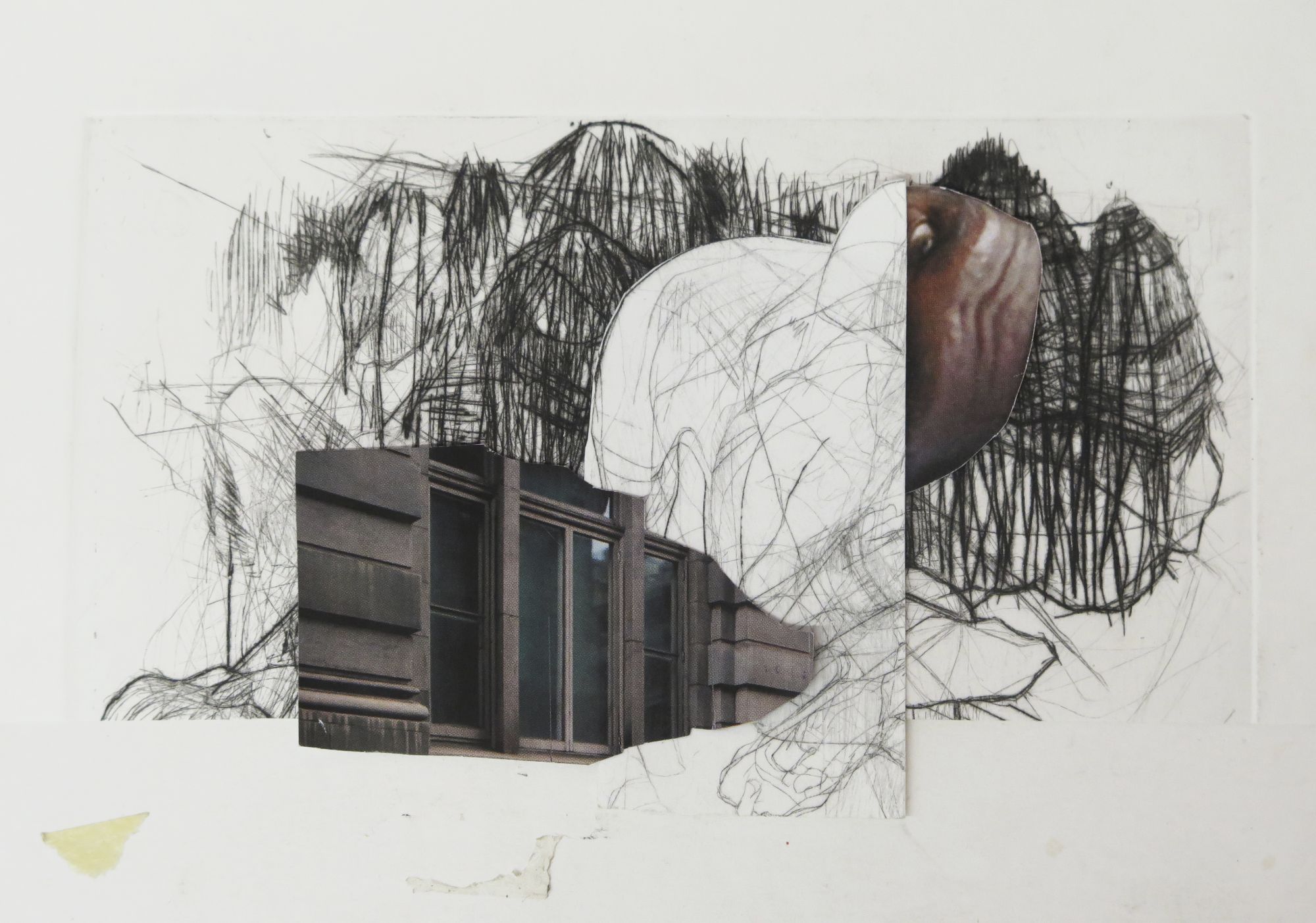
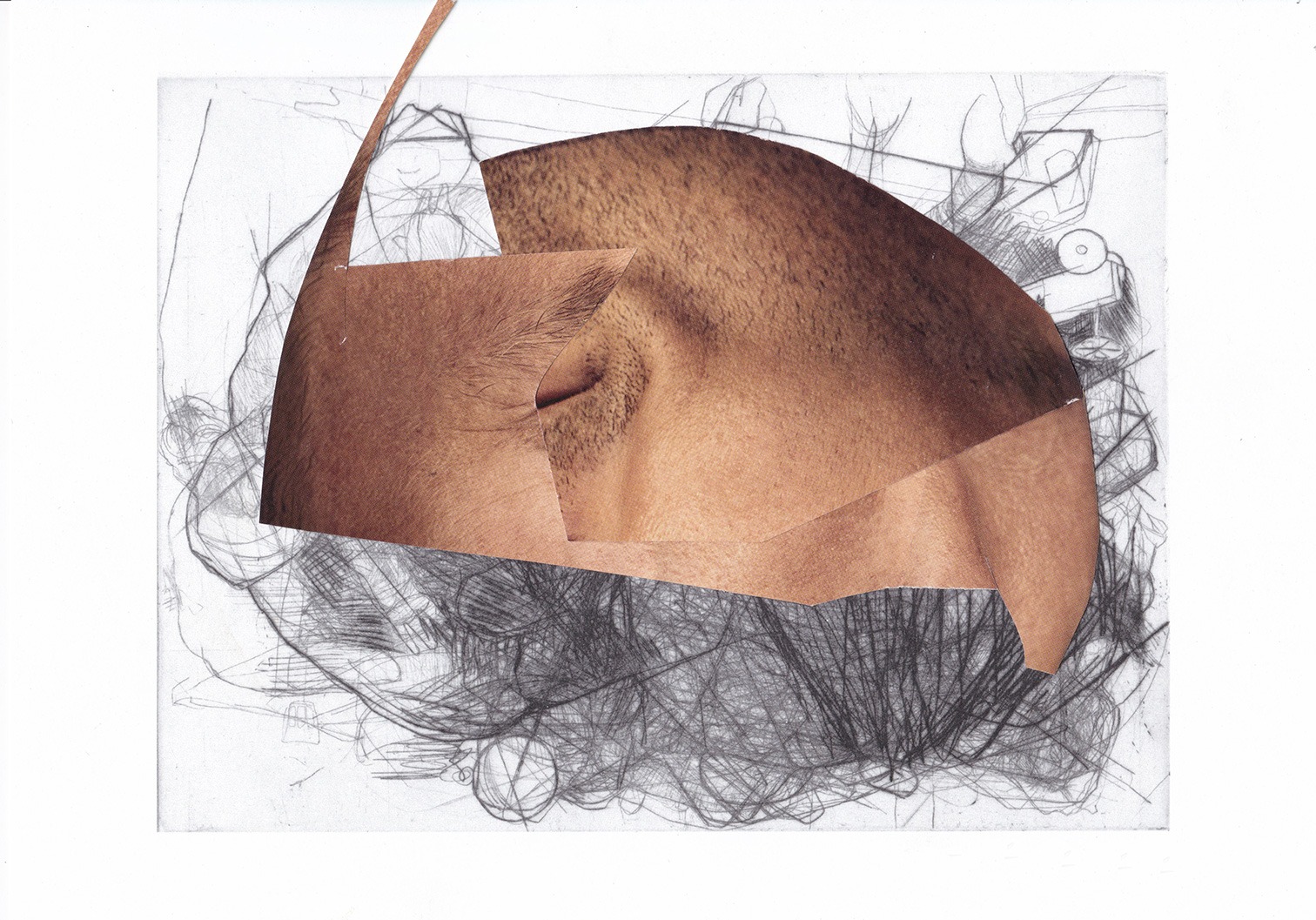
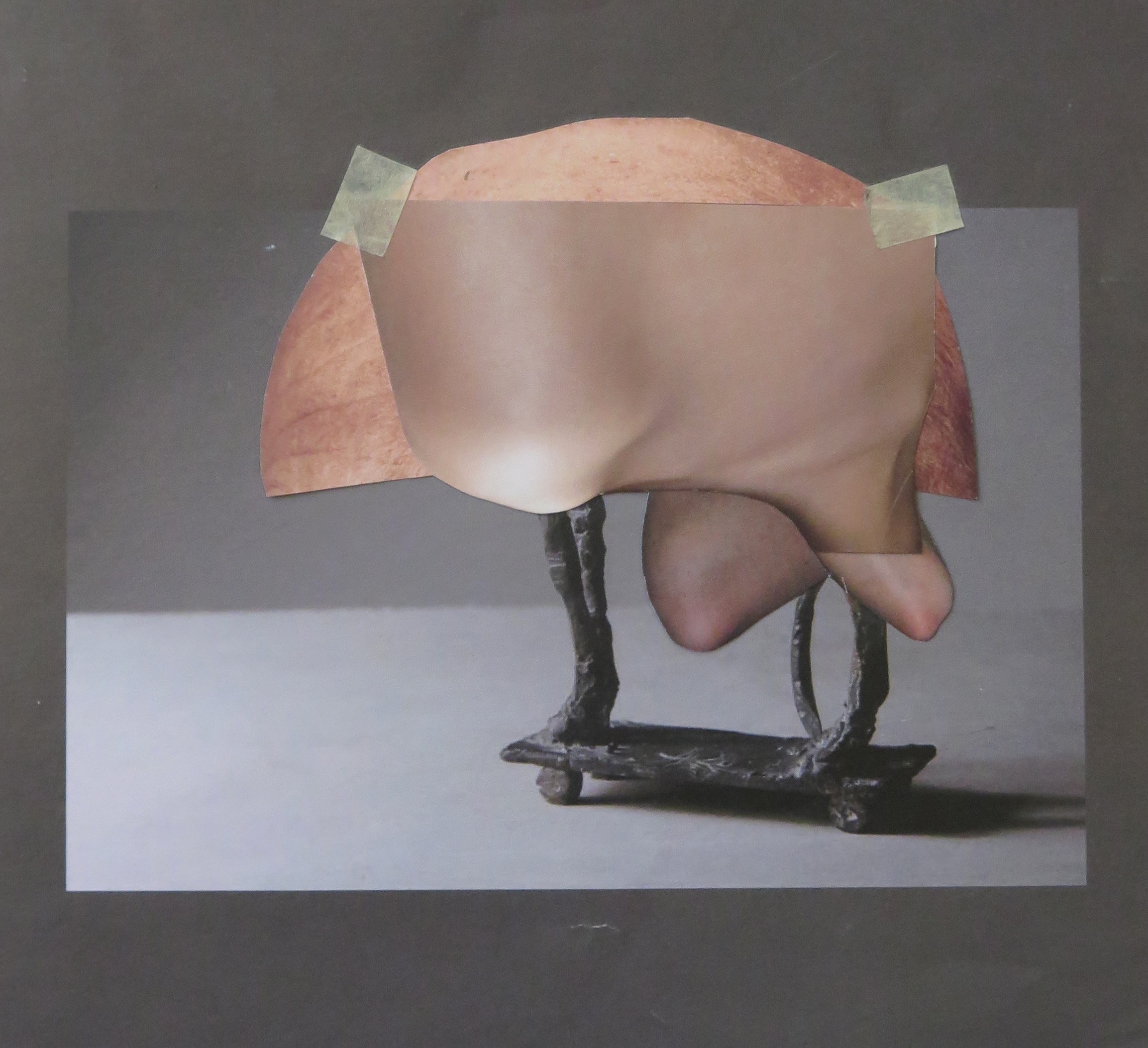
Diese Arbeiten erkundet die Kontroversen rund um das Fremde im Eigenen und dementsprechend des Eigenen im Anderen. Hierfür dient das Bild des Holobionten als zentrales Motiv - ein Hybrid aus zahlreichen Organismen, ein System, das sich aus fremden Elementen zusammensetzt, ebenso wie der Mensch selbst. Das Reich der Organismen entstand nicht allein durch Mutation, Genaustausch oder äußere Einflüsse, sondern vor allem durch symbiotische Allianzen. Der Holobiont wird geprägt durch die Beeinflussung, Durchdringung und Verschmelzung von Fremdem in einer besonderen Form der Intimität.
Der aktive Prozess des Einverleibens und Ausstoßens, auch als Ein- und Ausformung bezeichnet, findet seine Wurzeln in unserer Evolution. Die Kontamination fungiert hierbei als treibende Kraft. Denn es geht nicht bloß um die Toleranz gegenüber dem Fremden, sondern vielmehr darum, dieses Fremde als bereits in uns existierend, als unverzichtbar und unumgänglich zu begreifen. Es bildet die grundlegende Voraussetzung für das Entstehen des Eigenen.
This works explores the controversies surrounding the foreign within the familiar and, consequently, the familiar within the foreign. The central motif for this exploration is the image of the holobiont - a hybrid of numerous organisms, a system composed of foreign elements, much like humans themselves. The realm of organisms did not arise solely through mutation, gene exchange, or external influences but primarily through symbiotic alliances. The holobiont is shaped by the influence, penetration, and merging of the foreign in a unique form of intimacy.
The active process of assimilation and expulsion, also known as incorporation and shaping, has its roots in our evolution. Contamination serves as the driving force in this context. It's not merely about tolerance for the foreign; rather, it is about understanding this foreign as already inherent within us, as indispensable and inevitable. It forms the fundamental prerequisite for the emergence of the self.